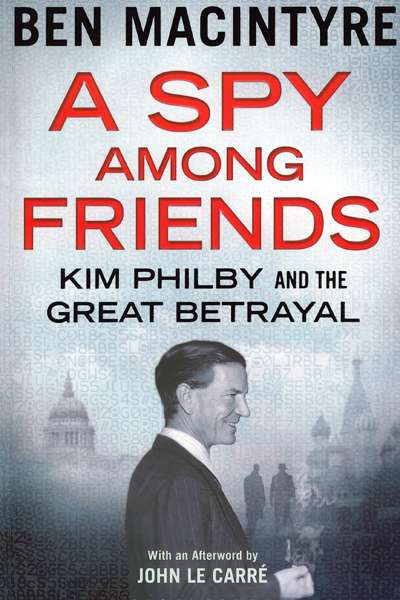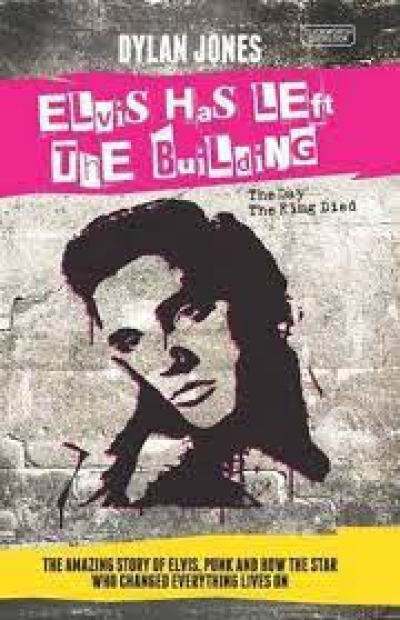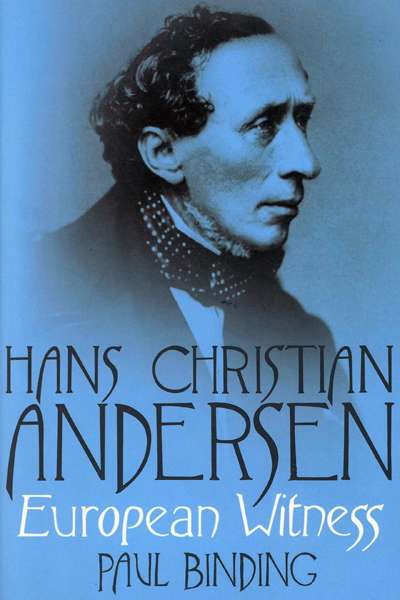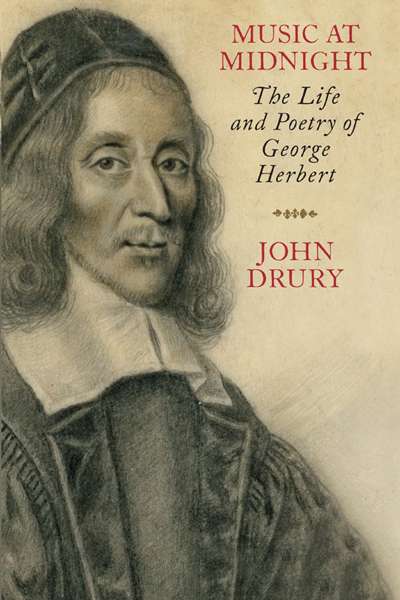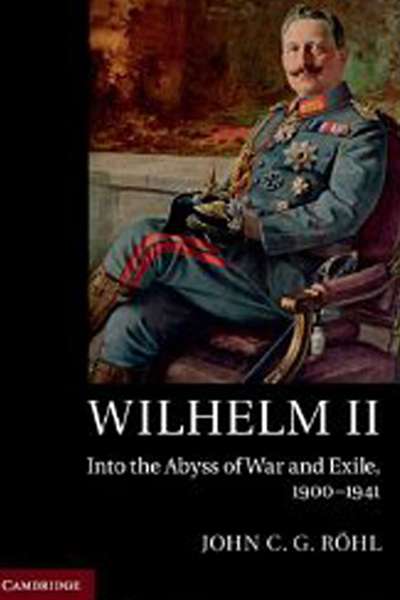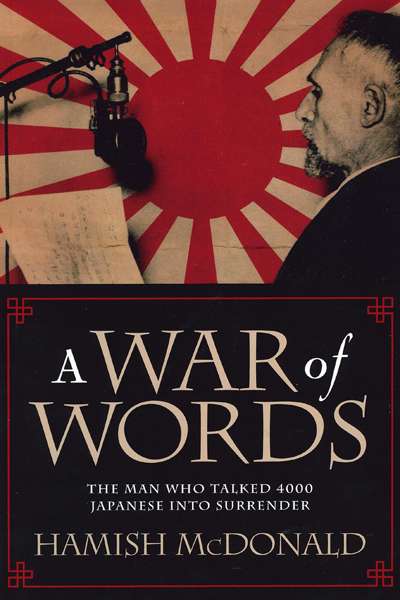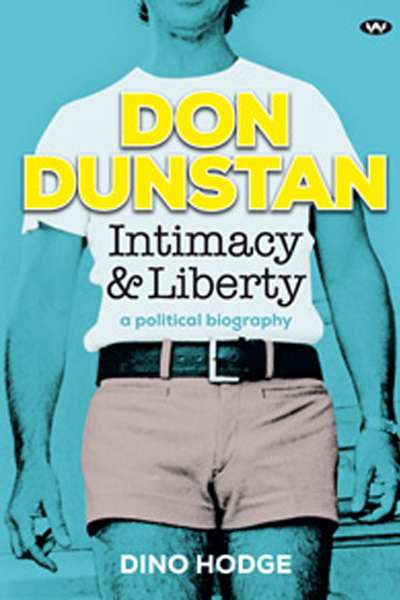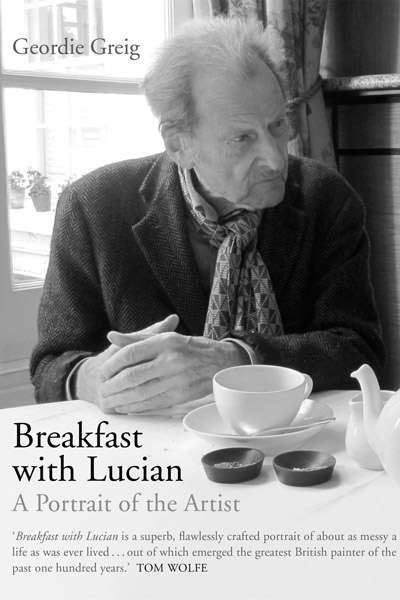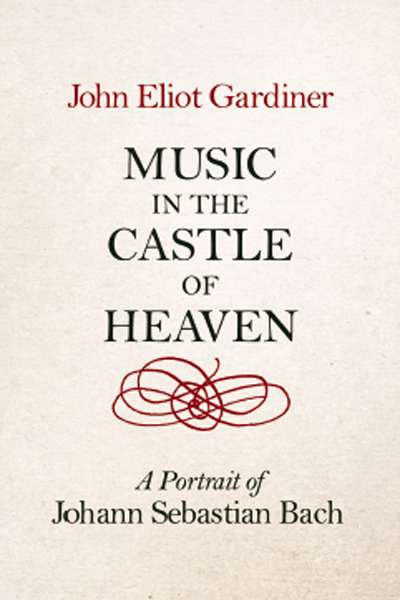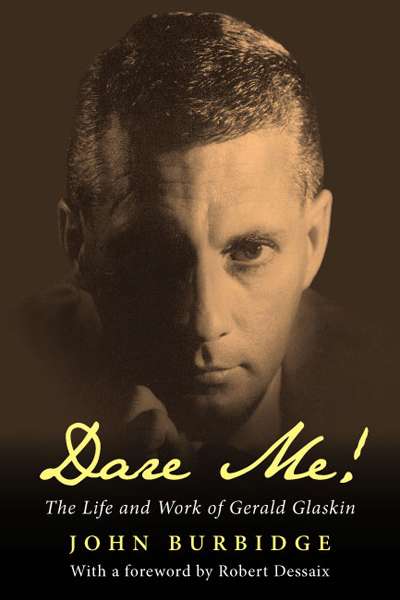Biography
A Spy among Friends: Kim Philby and the Great Betrayal by Ben Macintyre
by Sheila Fitzpatrick •
Hans Christian Andersen: European witness by Paul Binding
by Kári Gíslason •
Music at Midnight: The life and poetry of George Herbert by John Drury
by Ian Donaldson •
Wilhelm II: Into the abyss of war and exile, 1900–1941 by John C.G. Rohl
by Miriam Cosic •
A War of Words: The man who talked 4000 Japanese into surrender by Hamish McDonald
by Darren Swanson •
Don Dunstan, Intimacy & Liberty: A political biography by Dino Hodge
by Lyndon Megarrity •
Breakfast with Lucian: A portrait of the artist by Geordie Greig
by Peter Hill •
Music in the Castle of Heaven: A portrait of Johann Sebastian Bach by John Eliot Gardiner
by Michael Shmith •
Dare Me!: The life and work of Gerald Glaskin by John Burbidge
by Jeremy Fisher •

